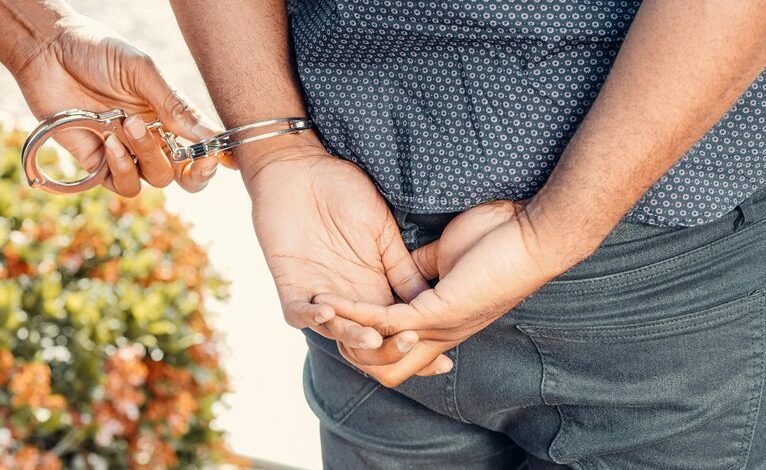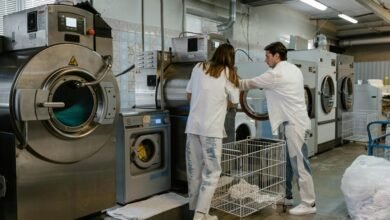Photoscompangante: Como as Imagens Afetam o Processo Judicial

The integration of visual evidence in legal proceedings significantly influences juror decision-making. Images can evoke strong emotional responses and shape perceptions of the case. However, this power carries ethical implications, particularly regarding image manipulation and its potential to skew judgments. As the judicial process evolves, the balance between effective visual presentation and the integrity of evidence becomes increasingly critical. What measures can be implemented to safeguard against these ethical dilemmas?
The Impact of Visual Evidence in Courtrooms
The use of visual evidence in courtrooms significantly influences judicial outcomes and the decision-making process.
Visual clarity enhances the jurors' comprehension, facilitating more informed discussions during jury deliberation. This clarity allows jurors to better connect with the evidence presented, ultimately shaping their perceptions and conclusions.
Consequently, the integration of visual evidence can significantly alter the trajectory of a case, impacting justice served.
Emotional Responses and Juror Perception
Visual evidence not only clarifies facts but also evokes emotional responses that can significantly impact juror perception.
Through effective visual storytelling, jurors may develop heightened empathy towards victims or defendants, influencing their judgments. This emotional engagement can lead to more favorable or unfavorable interpretations of evidence, ultimately shaping the outcome of cases.
Understanding these dynamics is crucial for legal practitioners navigating courtroom strategies.
Ethical Considerations and the Risk of Bias
How can the use of images in the courtroom impact the fairness of judicial proceedings?
The potential for image manipulation raises ethical concerns, as altered visuals can exacerbate juror bias. This bias may distort perceptions of evidence, ultimately influencing verdicts.
Consequently, maintaining the integrity of visual evidence is crucial to uphold justice and ensure that judicial outcomes remain grounded in objective reality rather than subjective interpretations.
Conclusion
In conclusion, the intersection of visual evidence and the judicial process reveals both opportunity and risk. As jurors navigate emotional landscapes influenced by images, the potential for bias lurks in the shadows. Coincidentally, just as a picture can illuminate a narrative, it can also cast misleading shadows. Therefore, legal practitioners must wield photoscompangante with care, ensuring that clarity and integrity remain paramount in the pursuit of justice, balancing the power of imagery with the ethical obligation to uphold truth.





